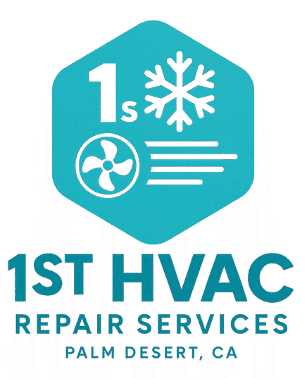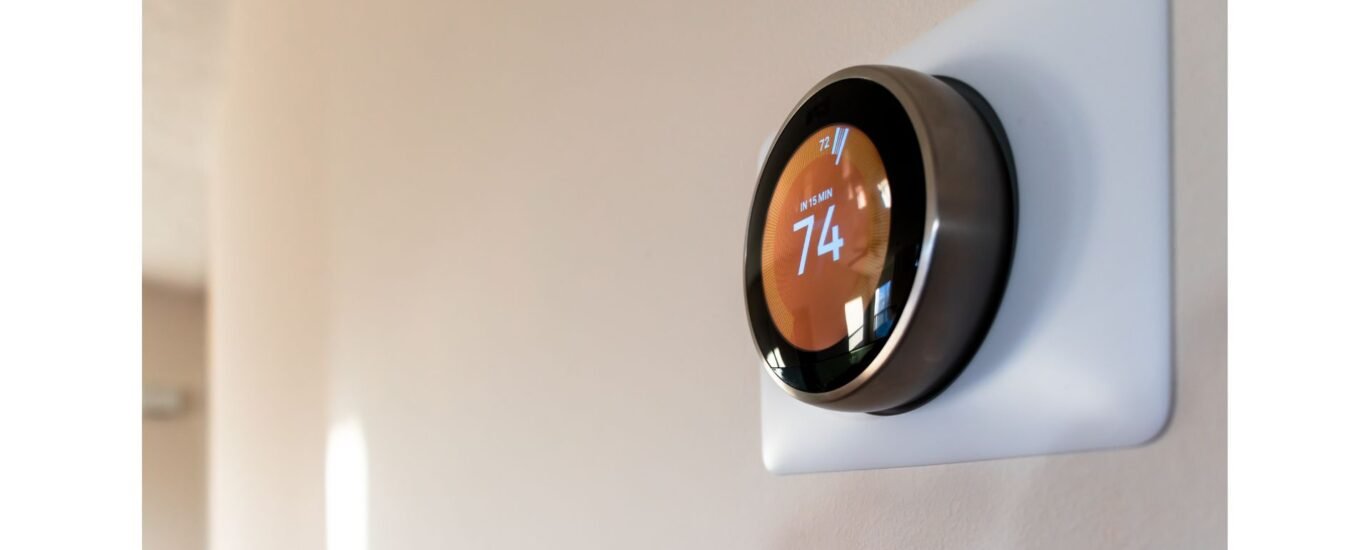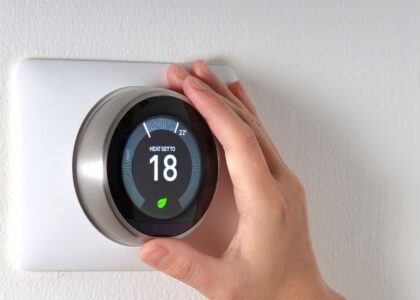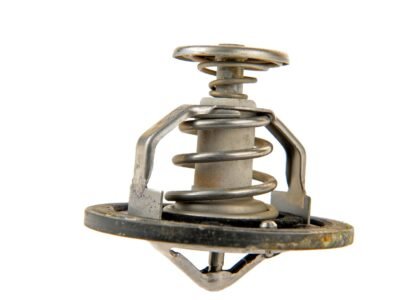Introduction
Now that you’ve walked through how to know when to replace your thermostat (Blog 1), and how to install a smart one (Blog 2), it’s time to dive into long-term care, performance tuning, and troubleshooting tips. A well-maintained thermostat ensures your HVAC system operates reliably, saves energy, and keeps your home comfortable. Let’s get into best practices and how to handle issues when they arise.
Regular Maintenance & Care for Your Thermostat
1. Clean around the device
Dust or debris can get inside the thermostat and affect the sensor. Use a soft brush or compressed air occasionally to keep interiors clean.
2. Check for software updates
Smart thermostats may receive firmware updates that improve compatibility, security, or features. Periodically check your associated app or device menu.
3. Review your schedules
Seasonal shifts, travel, or lifestyle changes may warrant updates to your heating/cooling schedule. Optimize to avoid wasting energy during unoccupied hours.
4. Replace batteries (if applicable)
Some smart or programmable thermostats have battery backups. Replace batteries annually or when low-battery alerts appear.
5. Verify calibration
If you notice temperature drift (room feels off), compare with a reliable thermometer and adjust offset settings if available.
6. Monitor performance
Periodically check how much the system is running. If runtime or energy use spikes unexpectedly, it may hint at issues in the thermostat or the HVAC system.
Common Thermostat Problems & What to Do
Below are frequent problems homeowners see — and how you can fix or diagnose them:
| Issue | What Happens | What You Can Try |
|---|---|---|
| Thermostat blank / no display | No power | Check breaker, wiring (especially C-wire), and device fuse |
| HVAC doesn’t respond | No commands reach equipment | Recheck wiring, ensure correct system selection in settings |
| Rapid cycling | HVAC turns on/off too fast | Adjust settings, minimum runtimes, deadband, or thermostat polling frequency |
| Temperature mismatch | Thermostat reading doesn’t reflect room | Move thermostat location or calibrate offset |
| Wi-Fi disconnections | Smart features drop offline | Check signal strength, password, update firmware |
| Sensor errors | Internal or remote sensor not responding | Verify wiring, enable/disable sensor in settings, check for damage |
If a problem remains after basic checks, it may be due to external HVAC component failure — at that point professional diagnostics are best.
When Thermostat Issues Signal Deeper HVAC Problems
Sometimes, what’s perceived as a thermostat issue may actually be a symptom of a failing HVAC system. Watch for:
- Refrigerant leaks or low charge
- Faulty blower motors or relays
- Clogged filters or duct issues
- Malfunctioning control boards
- Short cycling from oversizing or improper setup
If your HVAC system behaves erratically even with a good thermostat, address these deeper issues first.
Upgrading or Replacing After Issues
If your thermostat is aging or repeatedly giving trouble despite maintenance, replacement is often more cost-effective than endless fixes. Go back to the guide in Blog 1 on signs and reasons to replace your thermostat.
Ensure your new replacement solves previous issues (e.g. mismatched power, wiring, or compatibility problems).
Tips to Extend Thermostat Life & Efficiency
- Use eco or energy-saving modes when away
- Avoid placing the thermostat near direct heat or AC sources
- Use motion or occupancy sensors (if supported)
- Periodically review usage logs or device analytics
- Don’t override scheduling often — rely on automation
- Protect the wiring harness when moving furniture or performing renovations
Over time, these habits help reduce wear and ensure the system runs smoothly.
Troubleshooting Workflow (Quick Guide)
- Check power → breaker, wiring, switch.
- Inspect wiring connections → no loose or broken wires.
- Confirm settings → system type, stages, mode.
- Test manually → force heat/cool and observe response.
- Check sensors or remote units → verify they’re working.
- Reset or reboot thermostat → sometimes software reset helps.
- Review error logs / alerts → use diagnostic screen or app info.
- Call for professional help if unresolved.
Conclusion
Thermostat replacement is only the start — installing smart control is the next step, and proper care ensures lasting performance. With the knowledge from these three blogs, you’ll be well-equipped to choose, install, and maintain a thermostat that keeps your home comfortable, efficient, and reliable for years.



